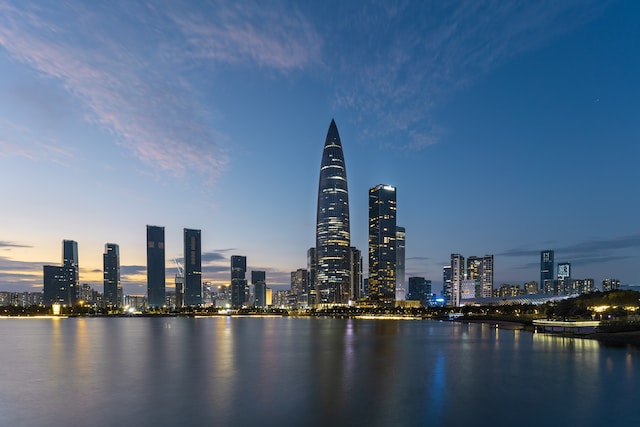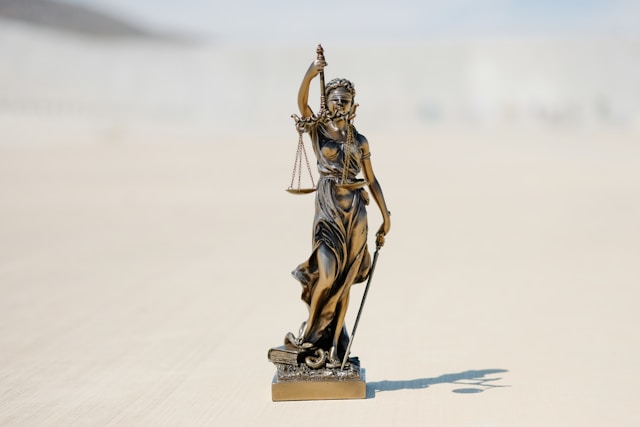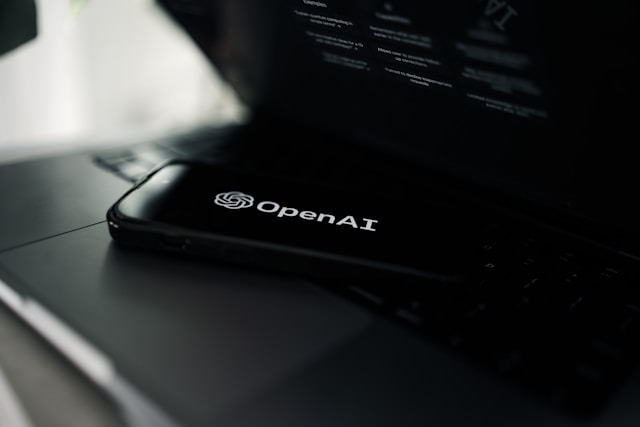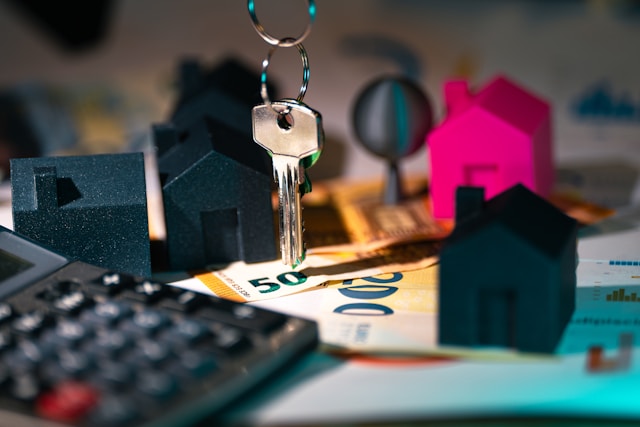
From Journalism to Law: Queenie Sin Tiang’s Inspirational Journey and Insights
September 29, 2023
Mining to Foster the Energy Transition? But What About “ESG”?
September 30, 2023Article by Timothy Chan
Recently, China’s Property giant Evergrande has filed for bankruptcy protection in the US, an event that has hit China’s economy hard, as 30% of its GDP comes from the real estate market. In this article, we’ll look at how one of the most profitable companies in China with large residential infrastructural coverage has arrived in this state.
How it all happened, and what does it mean to file for bankruptcy protection in the US?
In 2021, China’s Evergrande Group defaulted on one of its debt payments – two dollar-bond coupons. In most cases, liquidating the company and selling off the assets to creditors is one of the final calls to be made. Indeed, most of the investors who still have faith in the company would rather allow the company to conduct a debt restructuring, which Evergrande did, in hopes that the company could pay what was previously owed. The logic is that debt repayments become manageable after debt restructuring, and insolvency is less likely to occur.
But there is something more to the magnitude of the default, as Evergrande is a highly leveraged company with more than $300 billion in liabilities. Founded in 1996, the company has relied on heavy borrowing to fuel its growth, particularly as the real estate market saw exponential growth as many countryside citizens flocked to the city to become workers under China’s economic boom, thus fuelling continuous demand for properties and major infrastructure to be built across major cities in China.
But this high-leveraged model comes at a cost as it relies heavily on the housing market to continuously grow. Yet, in recent years, China’s economic growth has halted, as many economists speculate that the golden years of economic boom for the country have come to an end. Additionally, China’s CCP has begun to take measures to crack down on the highly leveraged industry and developed what is known as the ‘three red lines’ policy, which regulates the amount that companies can grow their debt based on their existing capital structure, such as having a liability-to-asset ratio of less than 70%, which Evergrande failed to comply. Even one year later, Evergrande and another property developer, Greenland, were the only companies that had still crossed the lines.
Yet, there are even more strings attached to its already worsening debt crisis. During COVID-19, many new housing constructions came to a halt due to tight lockdowns, and the property sector suffered a significant loss. With the lack of liquidity, many new builds have yet to be completed. Even worse, China’s property developers have been known to exploit the money obtained from home buyers through the pre-sale of unbuilt homes, forcing loads to take out huge mortgages to invest in ‘houses’ that may or may not even crystalise. As such, one may recall the recent mortgage boycotts in Shanghai, as people demanded their payments back for their investments.
This series of worsening events led to where it is currently, filing for bankruptcy protection in the US under Chapter 15. This effectively protects Evergrande from creditors who hope to sue them or tie their assets up in the US while it is restructuring in Hong Kong, the Cayman Islands, and the British Virgin Islands.
The bigger significance
Most people are currently worried about the ripple effect that this could have. Recall the collapse of the Lehman Brothers. The significance of the event wasn’t so much of the ‘collapse’ in and of itself, but rather the trillions of assets tied to the bank meant that other financial institutions, corporations, and funds that are owed money are also affected, which could also lead to them defaulting on payments as they do not receive supposed continuous income from investments in Lehman Brothers. After all, when a company becomes insolvent, it is very likely that the assets sold off are not enough to pay off its existing liabilities, and since there exists a mechanism known as creditor preference, many who rank low on the priority order will not get their share of the pie. This ripple effect is effectively why the US government has helped cover depositors’ money during the SVB bank collapse (without formally ‘bailing’ the bank out) in the hopes that this would not cause a ripple bank run effect across the country.
Furthermore, China’s GDP relies heavily on the real estate market. China’s economy has also not recovered post-pandemic by what investors have hoped for. And a slump in the world’s second-largest GDP does nobody good. For one, many speculate the old days of cheap Chinese labour are over, which inadvertently increases the living costs of other countries as production costs rise. Additionally, this could also mean less liquidity in the global financial markets, as investors are becoming increasingly hesitant to invest in China, with the Nasdaq Golden Dragon China Index losing more than 5%, the Shanghai Composite Index falling 3%, and the Shenzhen Component Index losing 6.5% respectively since April. Increasing tensions between the US and China, including 5 Chinese companies delisting on the NYSE due to failure to comply with listing regulations, could mean that tough economic times have yet to pass.
Sources
https://www.nytimes.com/2021/12/09/business/china-evergrande-default.html
https://www.bbc.com/news/business-66540785#
https://www.investopedia.com/evergrande-files-for-bankruptcy-in-new-york-7692801
https://edition.cnn.com/2023/05/19/investing/china-stock-market-decline-intl-hnk/index.html





